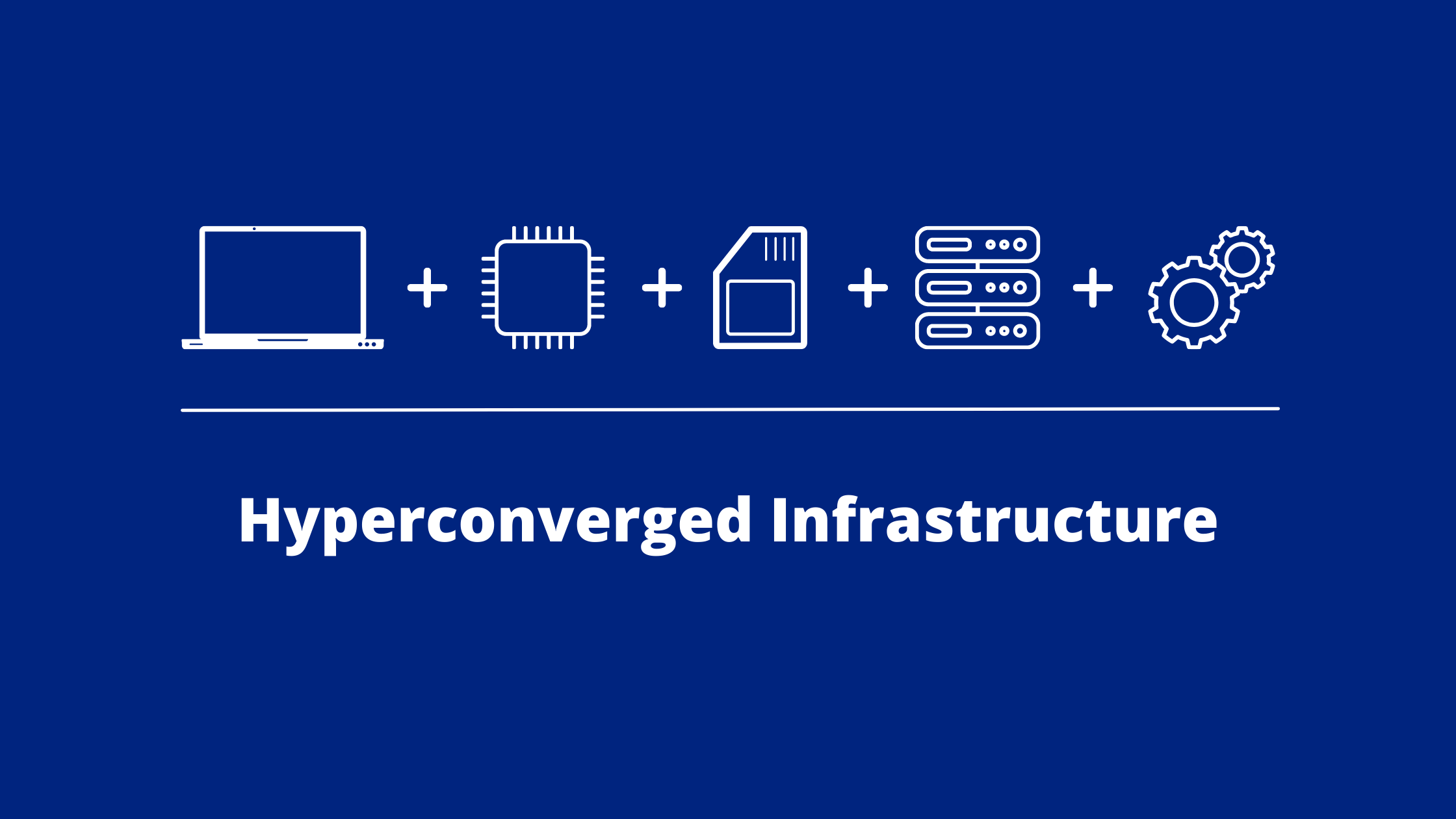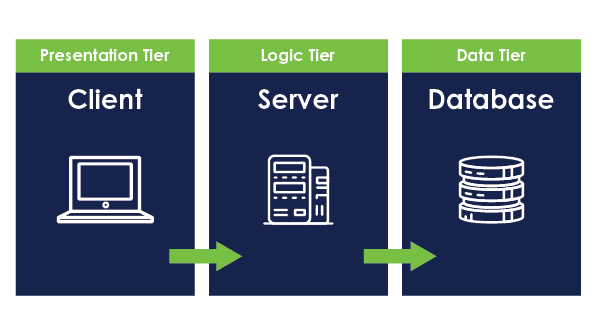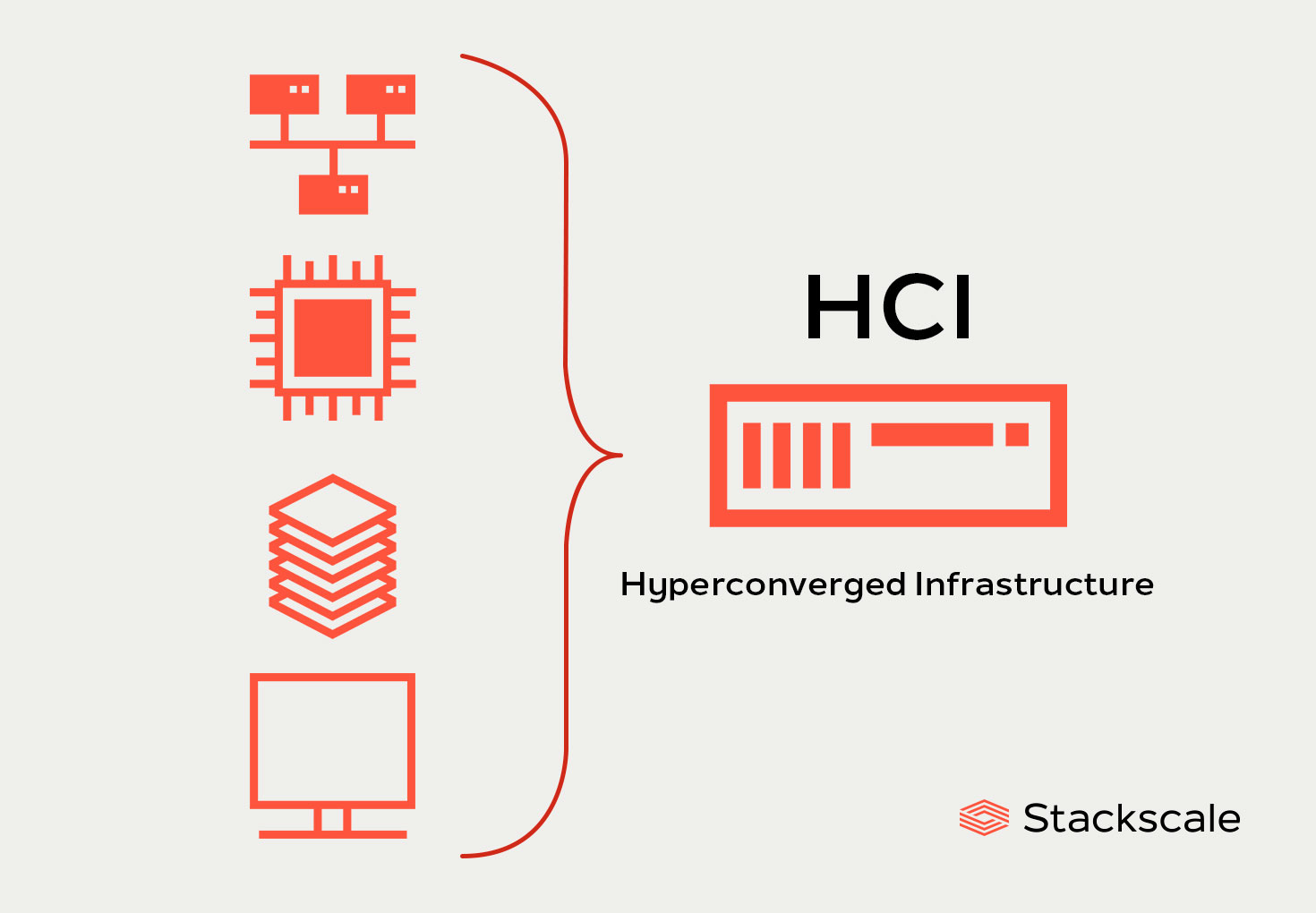Hyperconverged Infrastructure
 Rajdeep Pal
Rajdeep Pal
Before learning about Hypercovergence or Hyperconverged Infrastructure (HCI), let's get a quick overview of the traditional 3-tier "siloed" infrastructure. The architecture consists of 3 layers or tiers: Network, Server, and Database. We need to keep redundant data storage and backup for disaster recovery. Each of these tiers needed to be connected. Also, we need to keep another functioning site so that if our primary data center fails, the customers continue to get the services. So, it's quite a complex model now but it still needs an interface for the user interaction. As this architecture is siloed or independent of each other, we need UI for each of these tiers and much more. Overall, it's a complex structure.

Hyperconvergence is an IT framework that combines storage, computing, and networking into a single system that can reduce data center complexity and increase scalability. In simple terms, we have to minimize the size of the infrastructure while maximizing the output. Generally, to design the same we generally use industry-standard x86 servers which have the network and the database embedded in them and are packed as a unit. We can have 2 of these compact infrastructures, and connect them for disaster recovery. This is what Hyperconverged Infrastructure or HCI means for a starting.

Benefits of hyperconverged infrastructure
Simplified Management: The integration of computing, storage, and networking resources into a single platform simplifies management, reduces the need for specialized skills, and streamlines administrative tasks.
Scalability: HCI is designed to scale easily by adding additional nodes to the cluster, allowing organizations to expand their infrastructure as needed without complex configuration.
Cost Efficiency: HCI can potentially lead to cost savings as it eliminates the need to invest in separate storage arrays and complex networking equipment.
High Availability: Data redundancy and distributed storage ensure that even if a node fails, data and applications can continue running without interruption.
Data Protection and Backup: Many HCI solutions include built-in data protection and backup features, making it easier to ensure data integrity and availability.
Improved Performance: The distributed storage architecture and the ability to scale resources can lead to improved performance for virtualized workloads.
Popular Hyperconverged Infrastructure vendors include VMware with their vSAN solution, Nutanix, Cisco HyperFlex, HPE SimpliVity, Dell EMC VxRail, and Microsoft Azure Stack HCI, among others.
Subscribe to my newsletter
Read articles from Rajdeep Pal directly inside your inbox. Subscribe to the newsletter, and don't miss out.
Written by

Rajdeep Pal
Rajdeep Pal
I am a student learning different DevOps tools, exploring opportunities, connecting with people, and learning while doing.